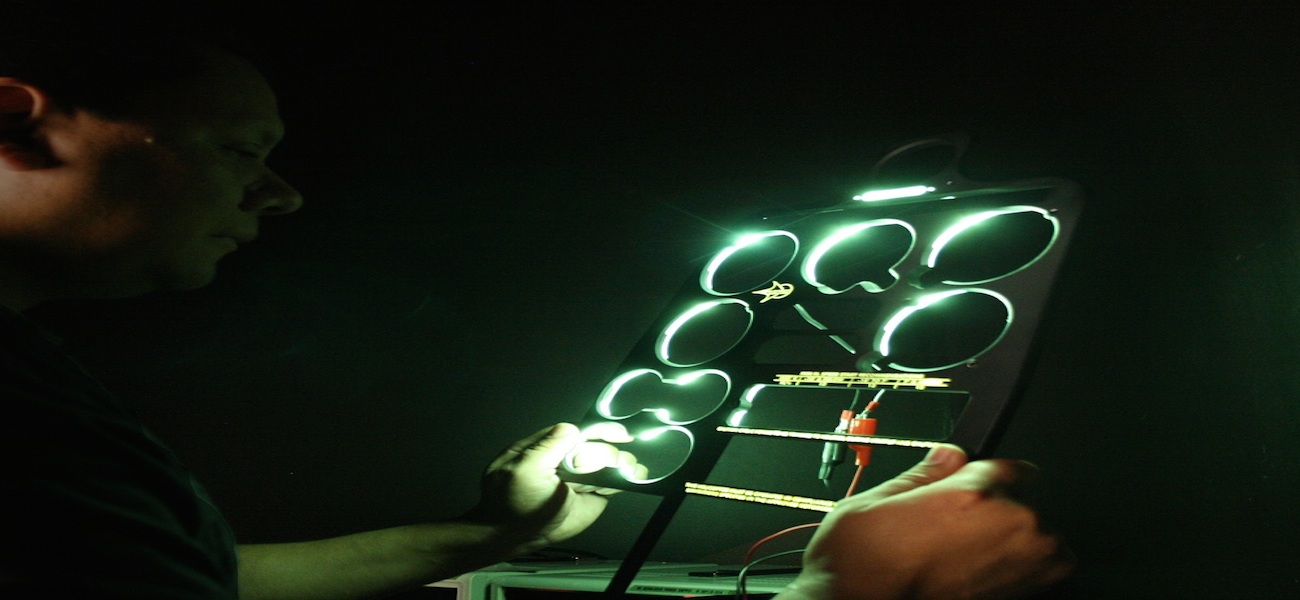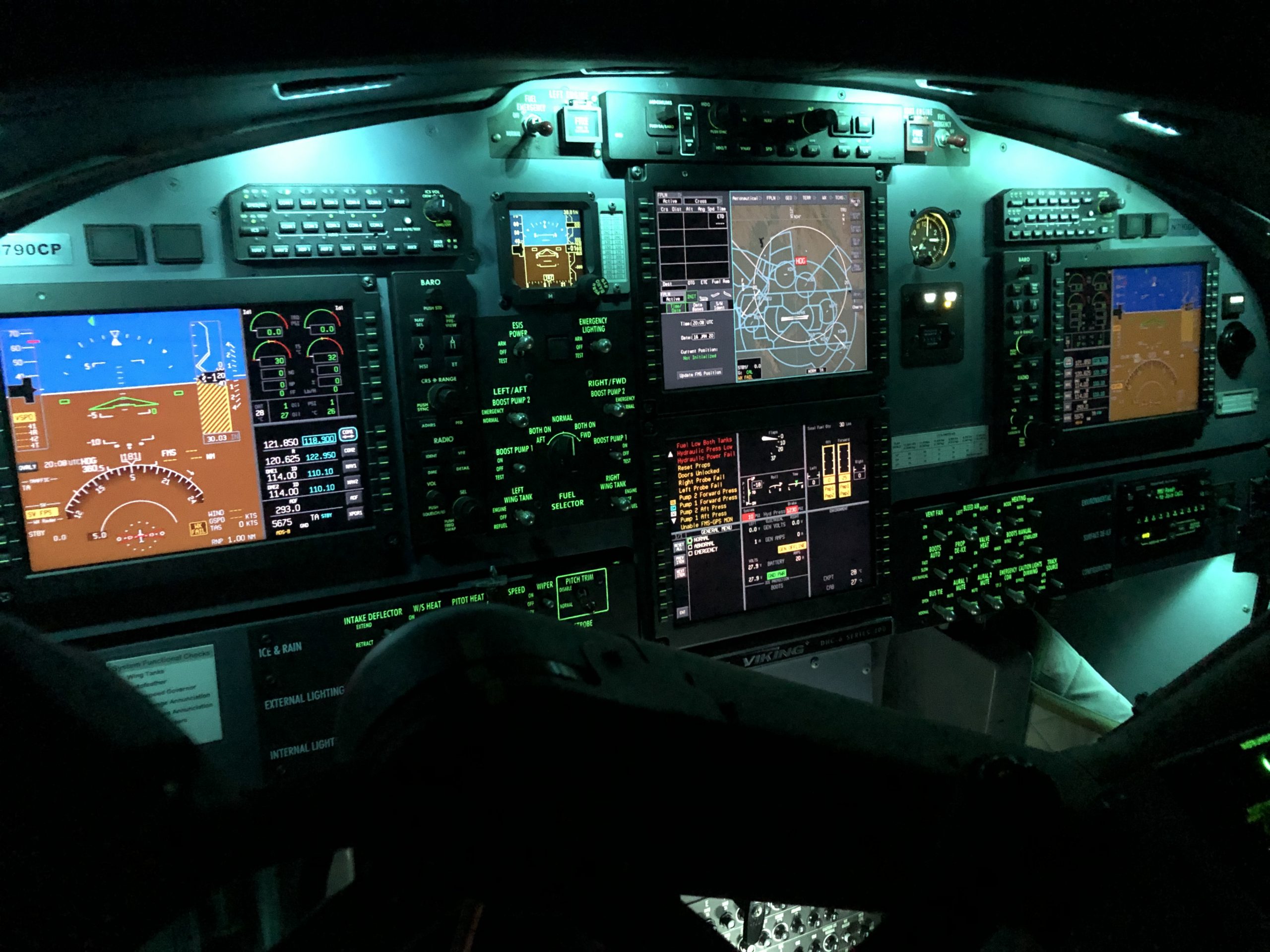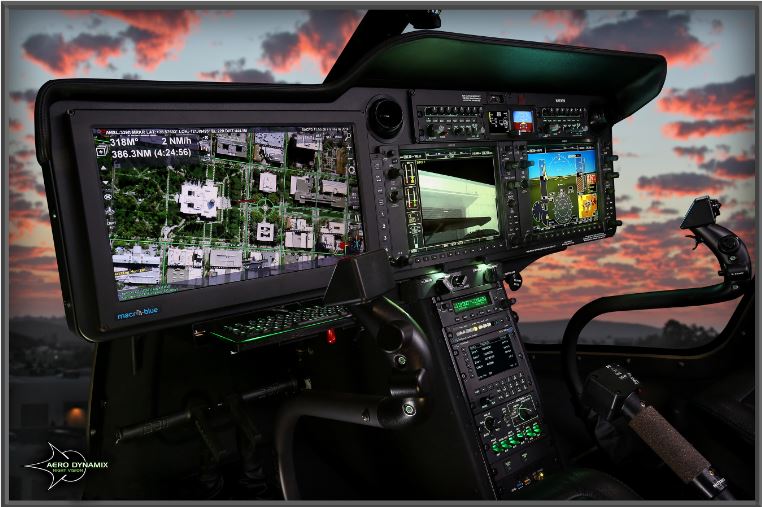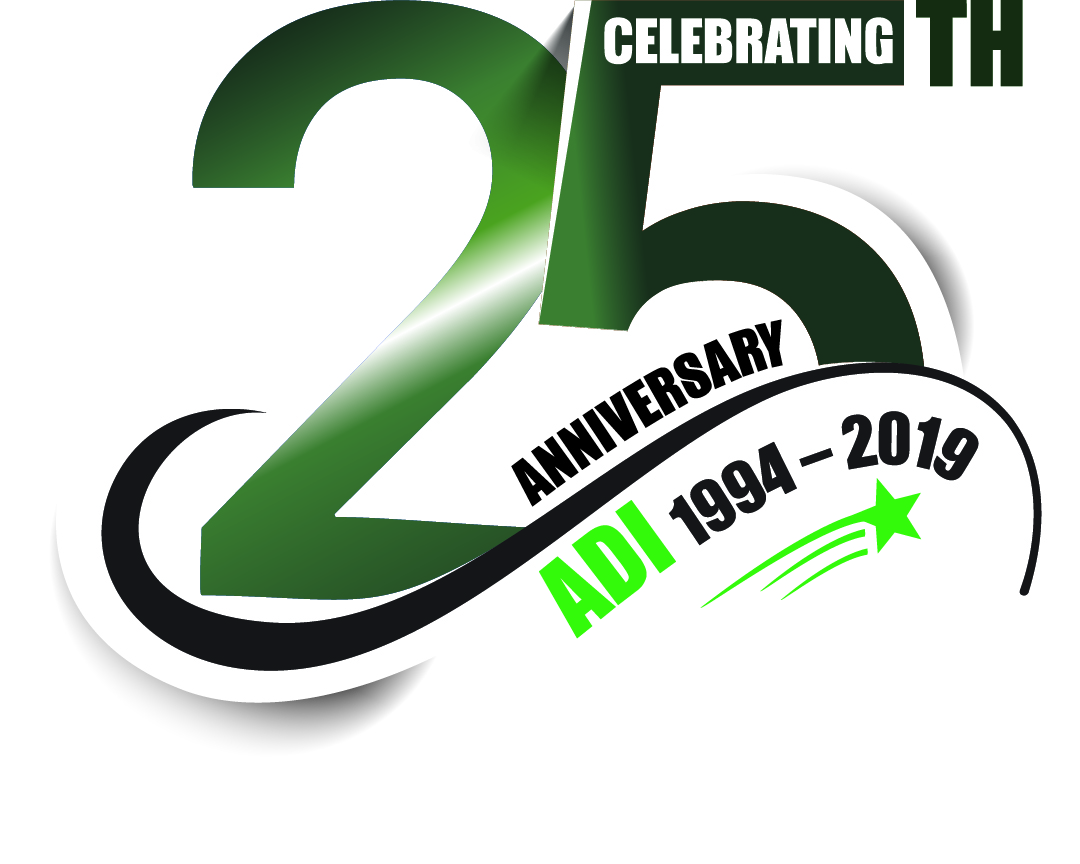Aero Dynamix retains full-time engineering and research study & development departments and a full internal NVG test lab including a spectro-radiometer for measuring light transmissions and a Coordinate Measuring Machine (CMM) which permits us to perform automatic parts examinations (first article inspections) on manufactured items.
We also retain a full-time in-house FAA certification group that consists of a Designated Engineering Rep (DER), Designated Airworthiness Rep (DAR) and a NVG qualified DER pilot.
Night Vision Lighting
Night Vision Goggles (NVG) provide an extraordinary ability for the pilot/observer to “look” outside the airplane in the evening. This vision allows a pilot to fly closer to terrain and carry out safe landings and takeoffs along with covert surveillance. The NVGs are sensitive to infra-red (IR) light which comes from the stars and moon. The IR light reflects off the surface and is “seen” by the NVG’s.
In the late 1980’s and early 1990’s civilian operators started doing operations with NVG goggles and many would turn off the airplane lighting or tape over light sources that might not be turned off or dimmed. Today, NVG equipped air travel has become commonplace among military and civil (particularly first responders) air operations. There are also extensive regulative requirements that govern civil NVG air operations.
Incandescent lighting releases more than 90 % of its energy in the IR variety that the NVG are sensative to. Outcome, the NVGs are blinded by huge quantities of IR present in the cockpit because they are developed to use very little quantities of IR at a range. Basic lighting is not suitable when utilizing NVGs since they are sensitive to even the dimmest standard cockpit lighting.
There are a wide variety of NVG cockpit lighting solutions available. Click on the following link “Cockpit Lighting Tradeoffs” for more information. Rigorous regulatory standards govern civil NVG air operations. These standards are regulated by the FAA, EASA, and other regulatory agencies worldwide. Click on the following link “FAA Certification 101″ for more information.





Leave A Comment
You must be logged in to post a comment.